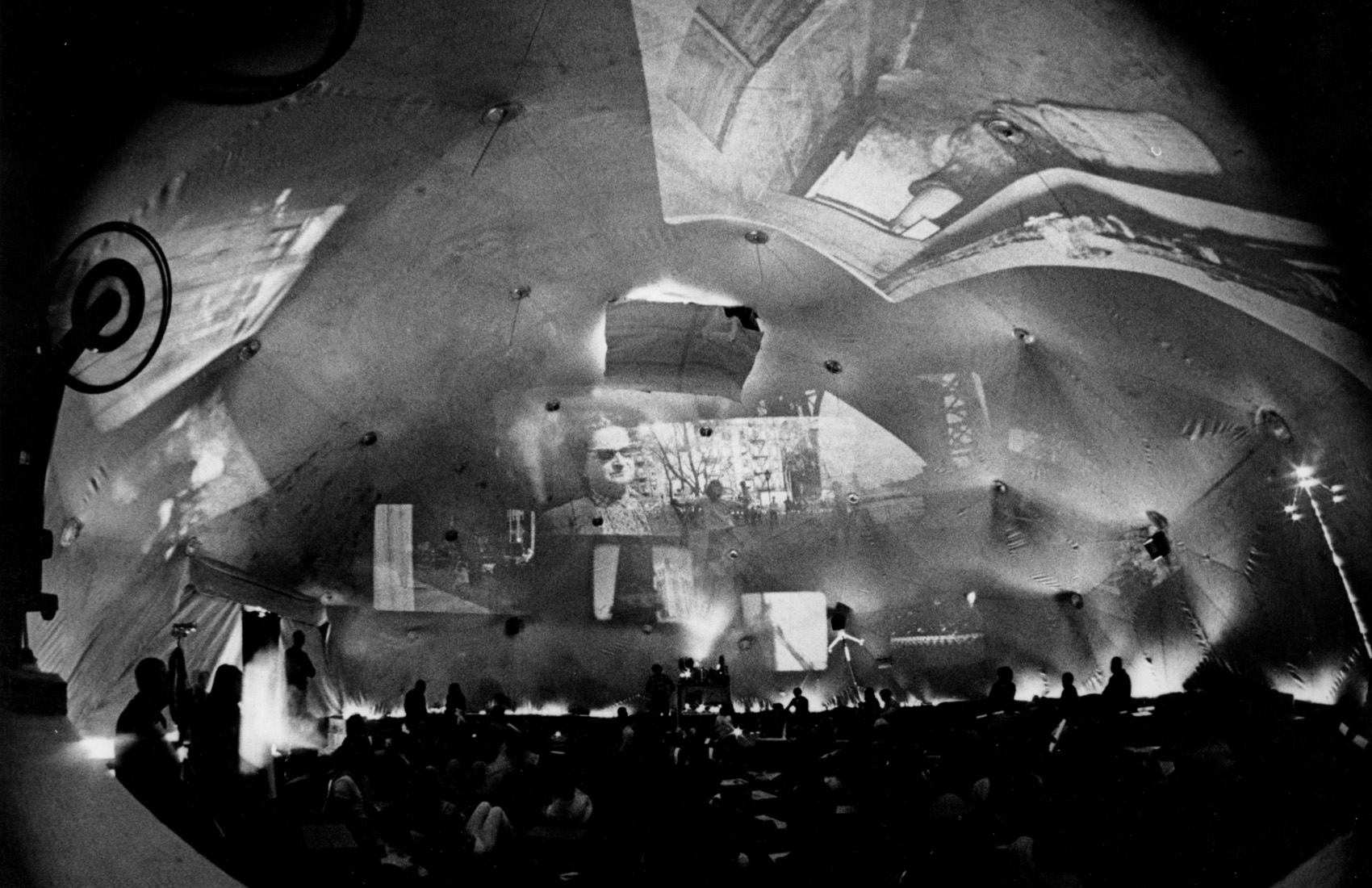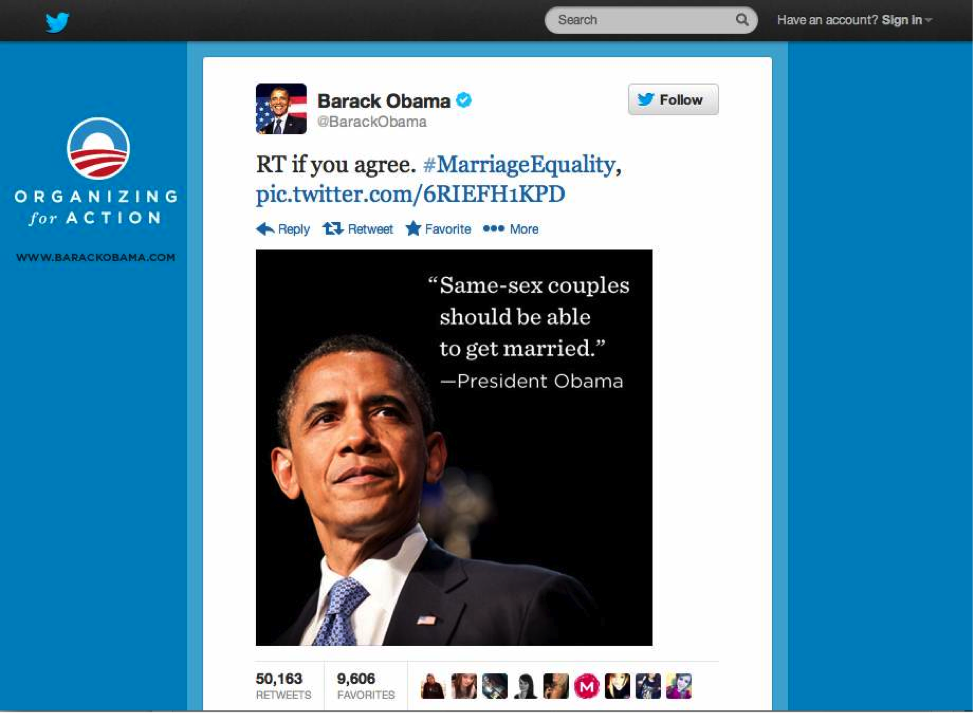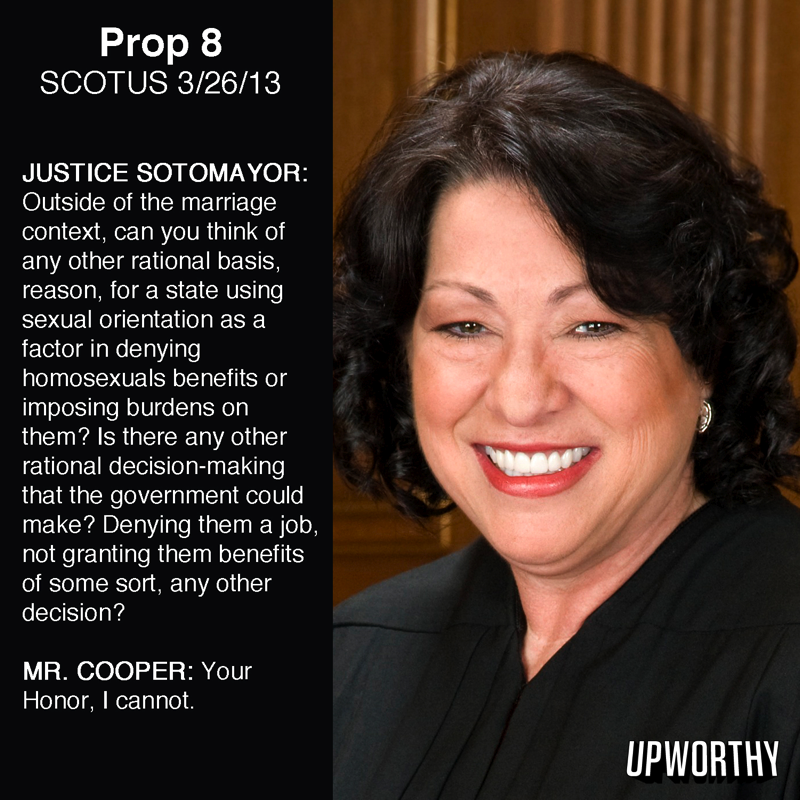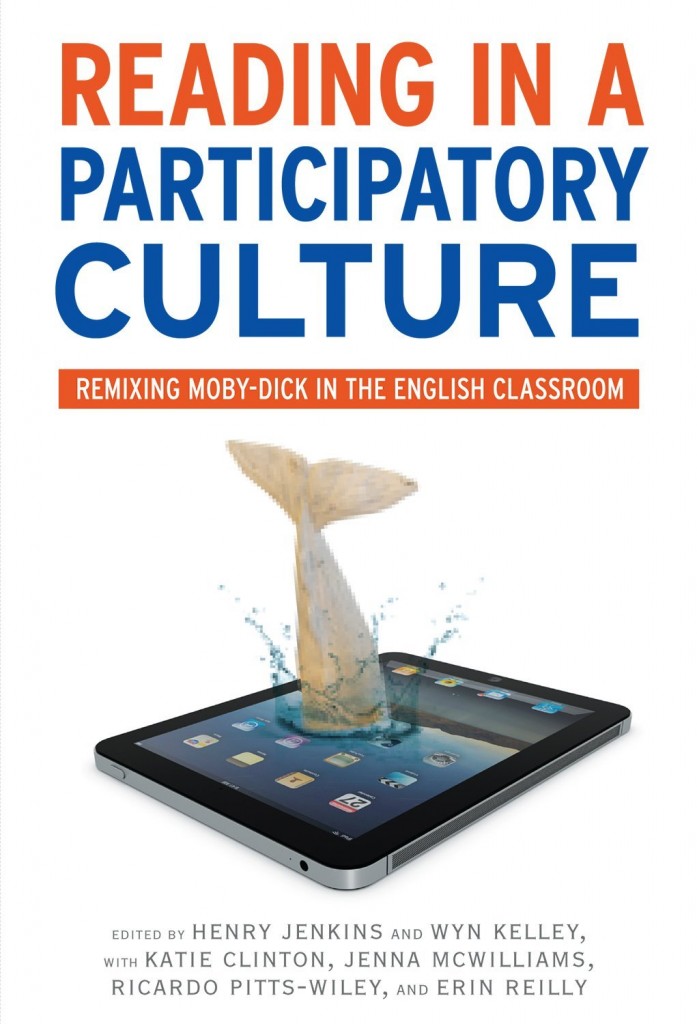How Diverse Publics Understand Climate Change: An Interview with Candis Callison (Part Three)
/As you note, there has been a struggle throughout much of the 20th century between fundamentalist Christianity and science, particularly around the topic of evolution, but also around issues of sexuality and reproductive rights. How have some evangelical leaders been able to reconcile a concern for climate change with skepticism about what their members often see as the “ideological” nature of modern science? One of the groups I interviewed were the leaders behind Creation Care, which was a kind of sub-movement at the time of my research in the mid to late 2000s. These were the same people who had worked on “What would Jesus drive?” a highly successful campaign to turn transportation into “a moral issue” for Christian communities.
What one of these leaders told me explicitly is that who is speaking matters to a great extent in terms of establishing the credibility of climate change as a concern within evangelical communities. He called it “blessing the facts,” and told me that the right “messengers” were required in order for evangelicals to take climate change seriously as an issue of concern that required their involvement and action. Climate change for many evangelicals is caught up in politics, science, and environmentalism, and he argued that such messengers are required in order to steer through all of that and make it about “stewardship” and part of the moral and spiritual obligation of Christians.
In some cases, this means mobilizing evangelical leaders, but in other cases, it means bringing in scientists who are also Christians. For example, the head of Working Group 1 for the 2001 Intergovernmental Panel on Climate Change reports is an active and vocal evangelical and a leading scientist. The history of evangelicals with evolution debates and court cases in the U.S. still matter to many, but it isn’t a central issue in need of resolving for those working on climate change. Rather, those I spoke with sought to rearticulate concern for the environment from and within Biblical frameworks hence the term, Creation Care as an alternative to environmentalism.
This goes back to the earlier point I raised about vernaculars. Those who ‘bless the facts’ aren’t rubber-stamping the science; it’s a much different and more nuanced process based on the moral and ethical contours of climate change. The credibility of messengers, as adjudicators of truth and of what’s meaningful within a Christian context, enable them to articulate climate change as a real and science-based issue that needs to be taken seriously because of what the Bible says about taking care of the poor, caring for Creation, etc. So the scientific facts do matter, but they also come with historical and political baggage, and facts by themselves are not an exclusive route to establishing why climate change should be taken seriously.
Many discussions of the climate change debate posit corporate America primarily as villains, who promote skepticism about climate change claims as a means of protecting their own economic interests or defending their current practices. Yet you also point towards a number of corporate efforts to combat climate change. How effective have these efforts been? When and how do they move beyond what some have called “greenwashing”? How are they able to reconcile support for environmental reform with the profit motives which drive Wall Street?
In the book, I look closely at the work undertaken by Ceres, a Boston based corporate social responsibility organization. They aren’t the only group working on climate change and CSR, but they are one of the leading voices, having focused on this issue since the early 2000s.
Ceres was fascinating for me because it took me out of the world of religion, human and indigenous rights, journalism, science, and democratic obligations and into a radically different set of societal institutions where profit, risk, and investment are the key terms. What Ceres has worked to achieve is a transformation of concerns about climate change into investor concerns that may affect future profits and the stability of corporations. Climate change presents a risk to investors that must be accounted for and managed, and Ceres uses a range of mechanisms to help companies articulate these risks related to climate change as well as the actions they are taking to mitigate these risks.
This discursive shift from climate change to climate risk has produced a powerful response within financial frameworks. It’s not without some critique from those who think Ceres could require more from the range of companies they deal with – particularly those whose bottom line is predicated on contributing to carbon emissions. However, mobilizing a business vernacular in order to reframe climate change as a problem that companies must address is an innovative way of moving towards what Ceres hopes will be increasingly progressive corporate action.
There is a tendency to discuss science in terms of rationality and facts, yet throughout your book, you point to the importance of faith, ethics, morality, and other “softer” human values in shaping how and why people embrace or reject such arguments. How might we develop arguments that better bridge between science and faith, rationality and emotion, pragmatism and morality when thinking about these issues?
In considering climate change as only (or primarily) a science-based or science-laden issue, deeper ethical and moral discussions about our relationships to the natural world and to each other often get lost. This doesn’t mean that scientific findings aren’t vital to understanding climate change, but rather: for broad and diverse publics to come to care about the issue and care enough to take actions about it, climate change needs to become much more than a scientific concern.
In the book, I refer to this as the persistent "double bind" related to climate change – where in order for a rationale to act on the issue to emerge, we must maintain fidelity to scientific findings and move beyond them at the same time in order to explore moral and ethical contours related to the issue.
Recognizing the power of social affiliations and networks and accompanying moral and ethical concerns alongside evidence-based analyses and predictions does take us towards a potentially robust and even more rambunctious public discourse. We have yet to develop the kinds of digital and/or other mechanisms that would actively facilitate this discourse. We’re barely past the gate in terms of thinking beyond a broadcast model of news and information, and in terms of contending with differing epistemologies.
I do think there are glimmers of hope here and there as social movements like Occupy and Idle No More (a Canadian indigenous-led movement) demonstrate in various ways both in terms of their use of media and in bringing together varied groups. My hope is that this book contributes to broader thinking about the social and communal life of facts, and to contending with what it means to have shared goals without shared assumptions about how evidence has come to matter.
Candis Callison is an Assistant Professor at the University of British Columbia in the Graduate School of Journalism. She holds a Ph.D. in History, Anthropology, and Science, Technology and Society and a Master of Science in Comparative Media Studies -- both from MIT. Her research and teaching are currently focused on changes to media practices and platforms, journalism ethics, the role of social movements in public discourse, and understanding how issues related to science and technology become meaningful for diverse publics. Her new book, How Climate Change Comes to Matter: The Communal Life of Facts (Duke University Press, 2014) uses ethnographic methods and a comparative lens to bring together the work of professional and social groups working to engage diverse publics in an American context. Building in part on this research, Candis has recently begun new research looking at Arctic-based journalism in an era of environmental change, digital media, and global audiences. She is also midway through two research projects that investigate how social networking technologies like Facebook and Twitter are being used both by indigenous communities and by the indigenous-led social movement, Idle No More in Canada. Prior to her academic life, Candis worked as a journalist in Canada and the U.S. for television, radio, and early incarnations of the Internet (think dialup and early broadband). She is a member of the Tahltan Nation located in Northwestern British Columbia.














